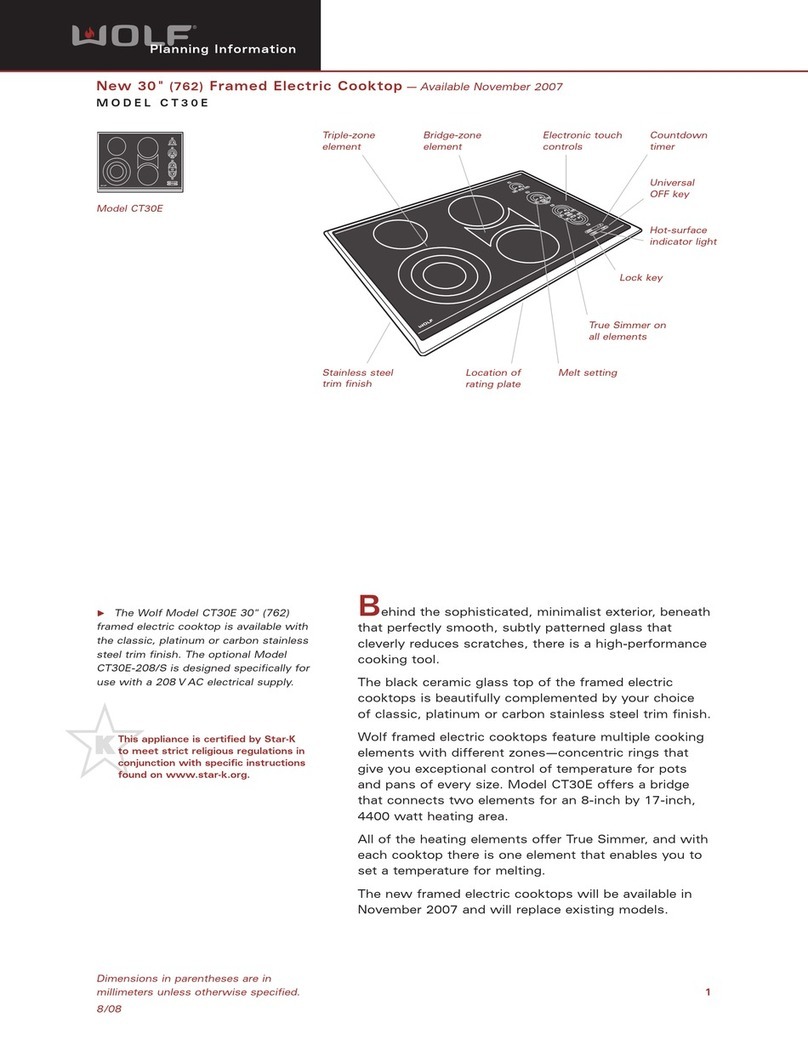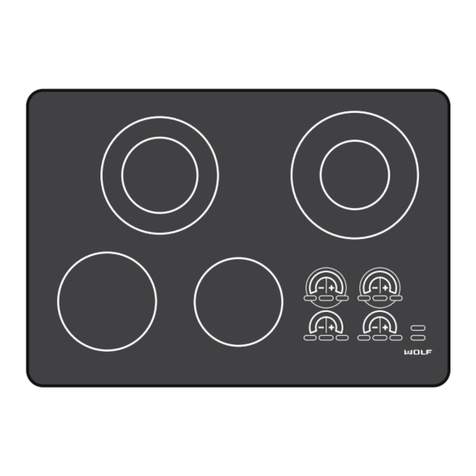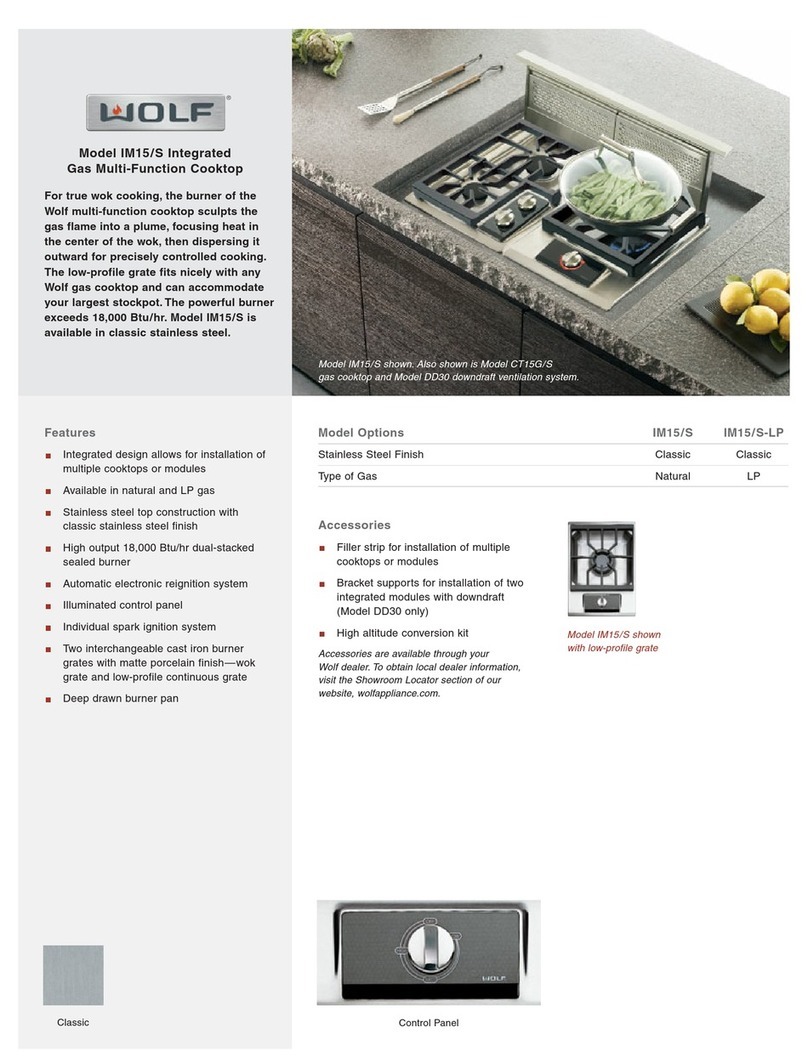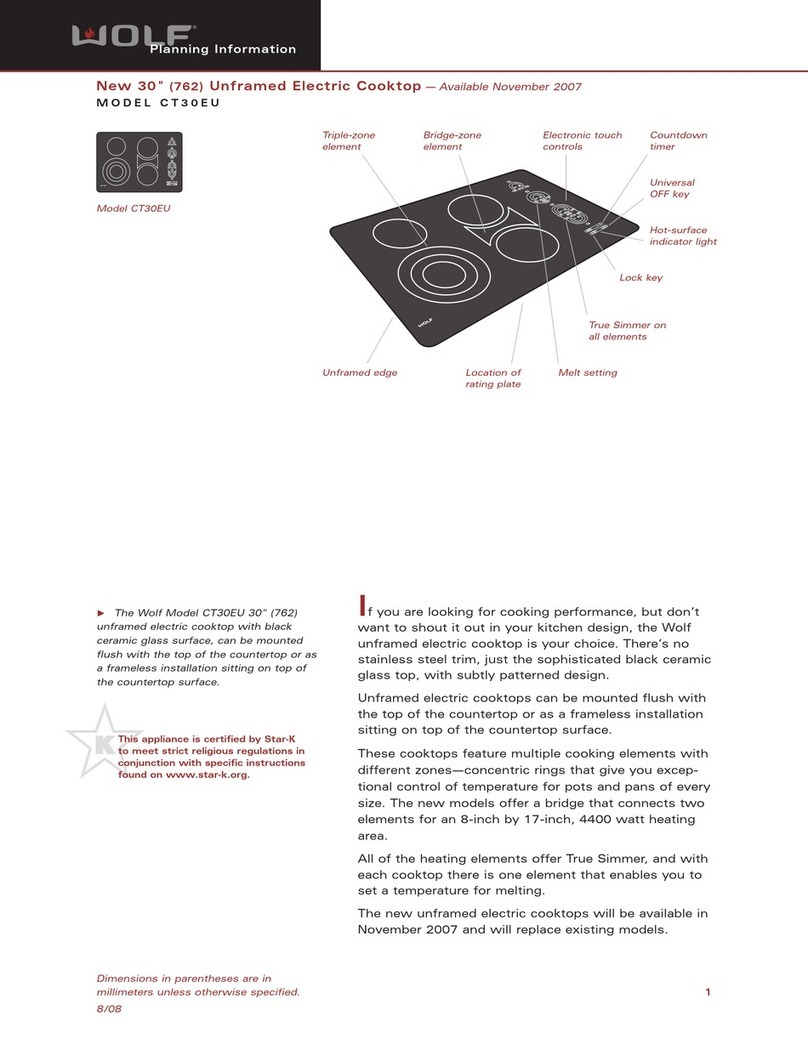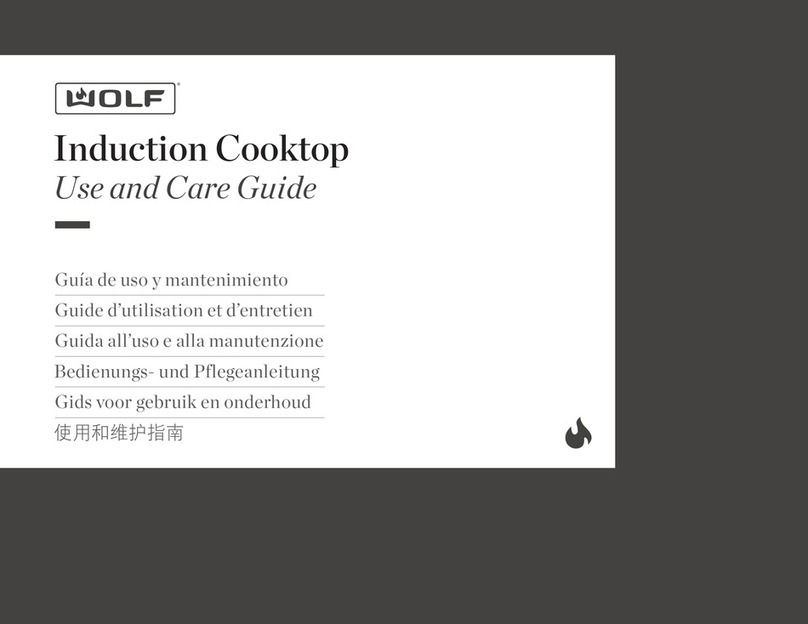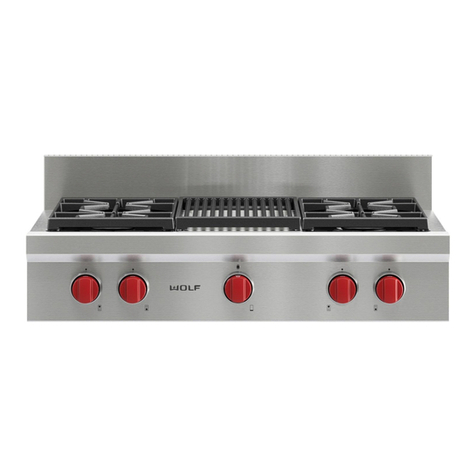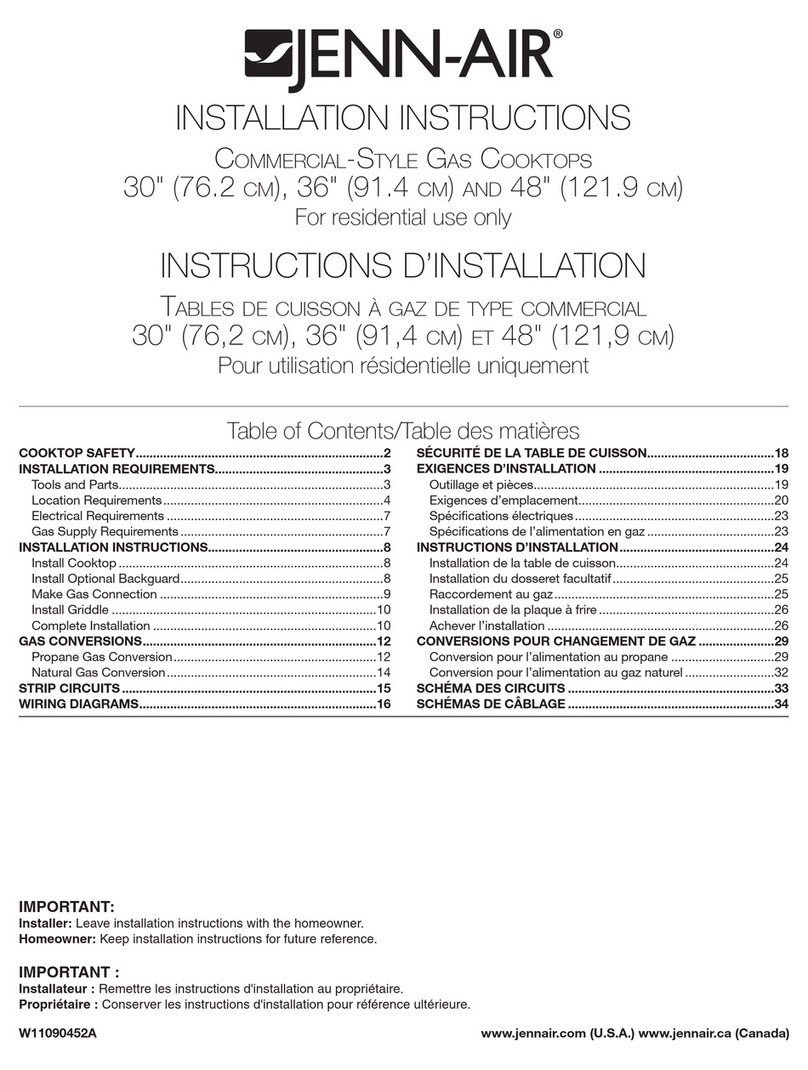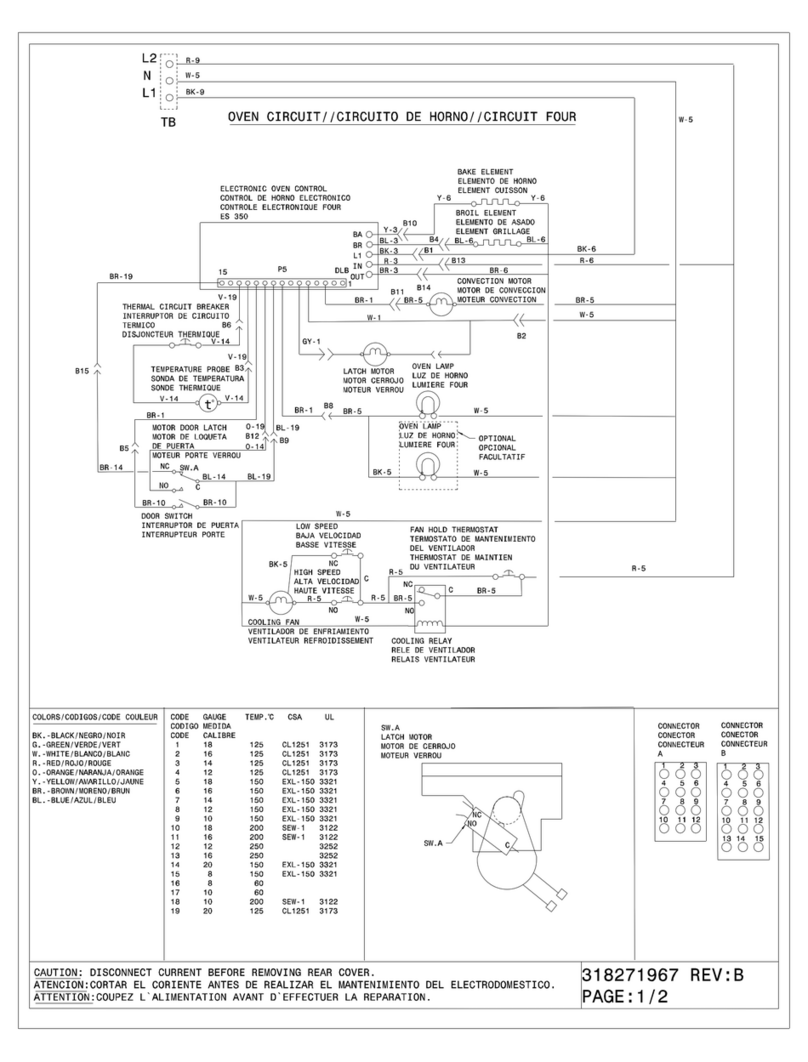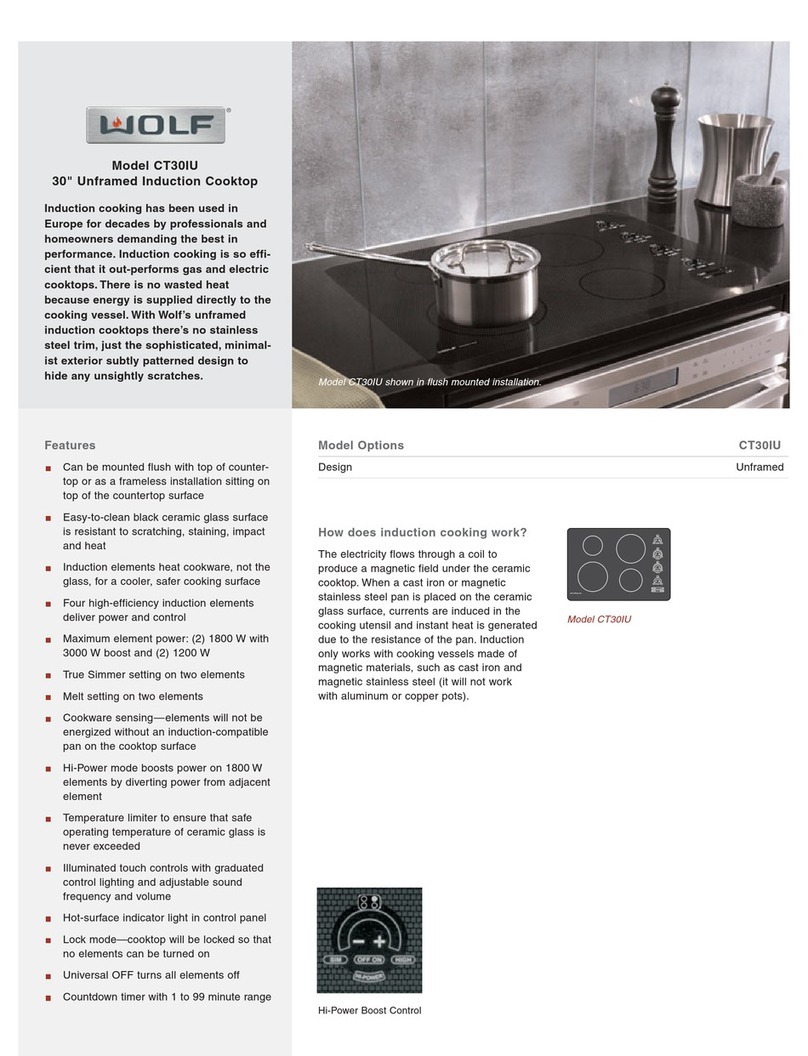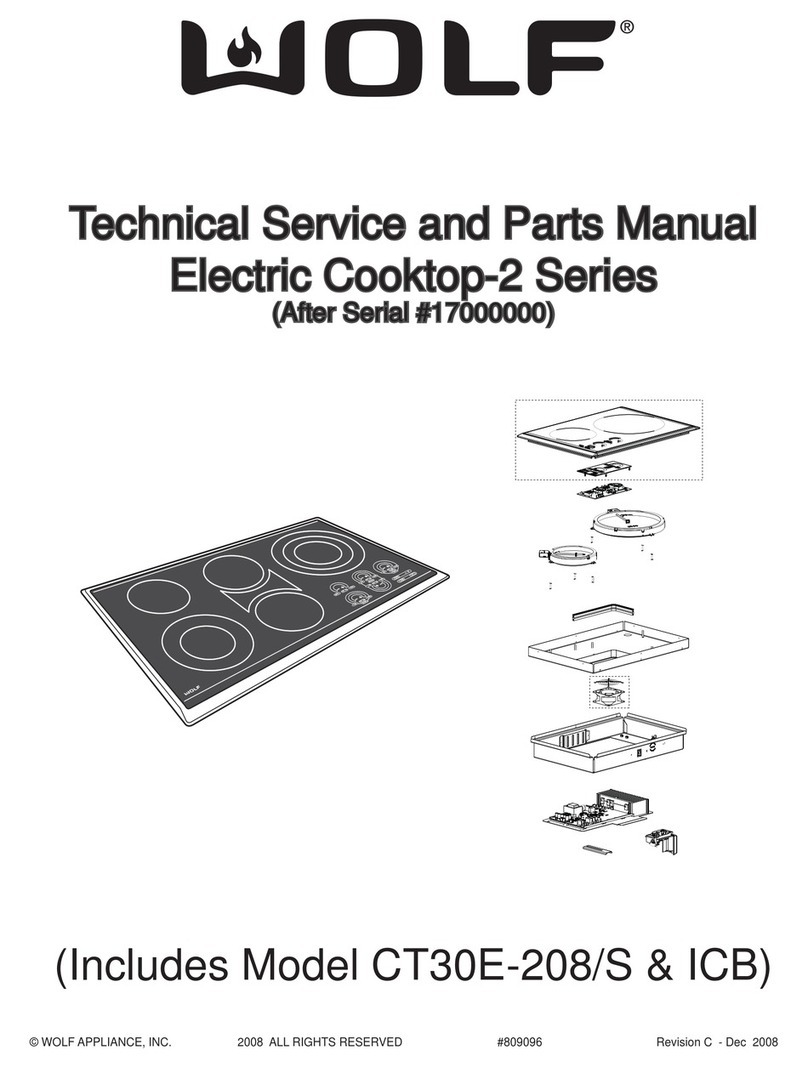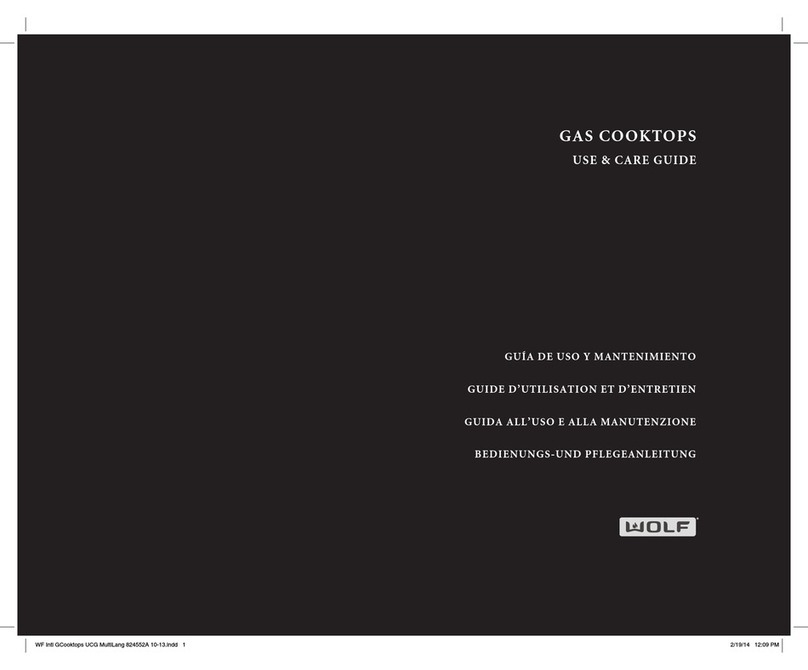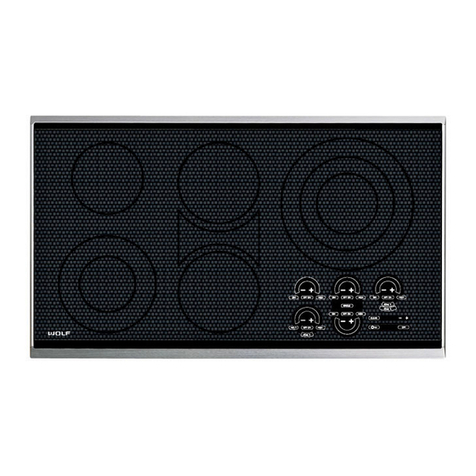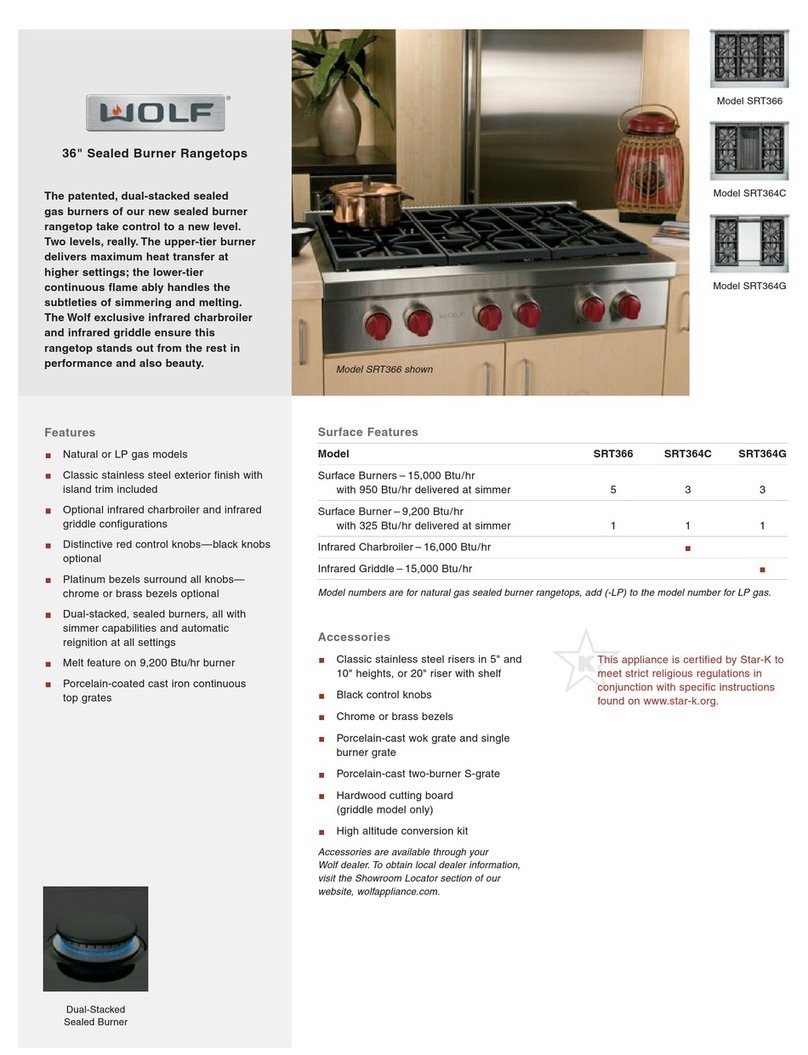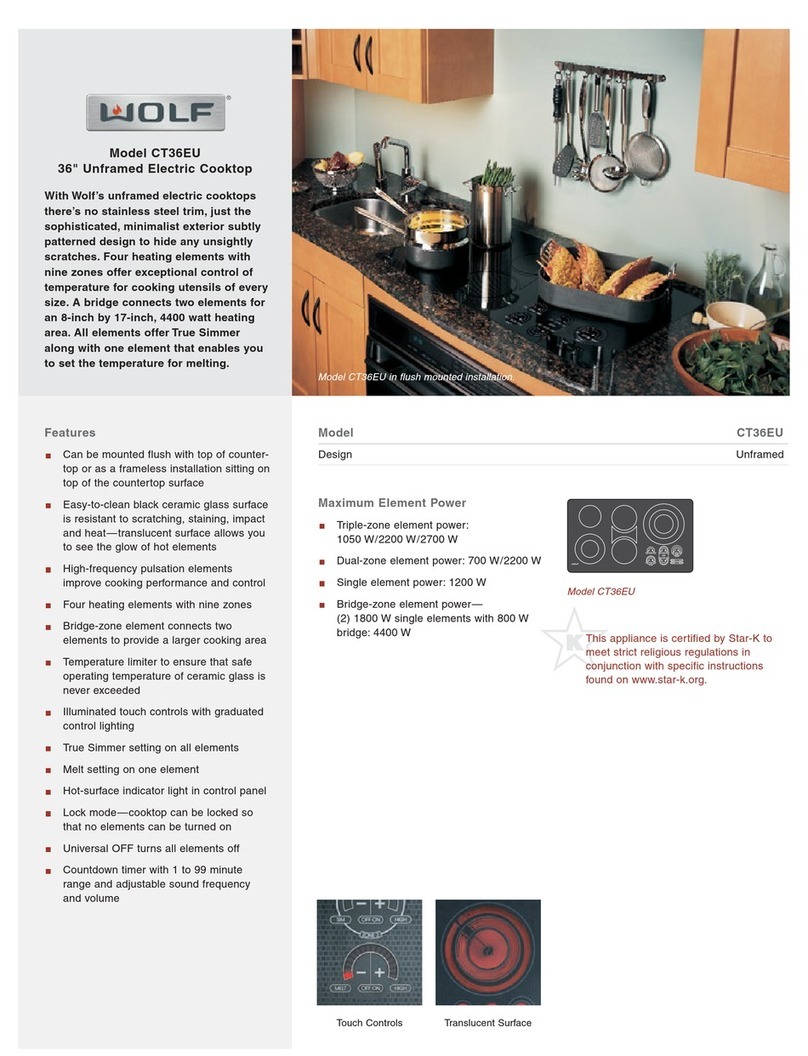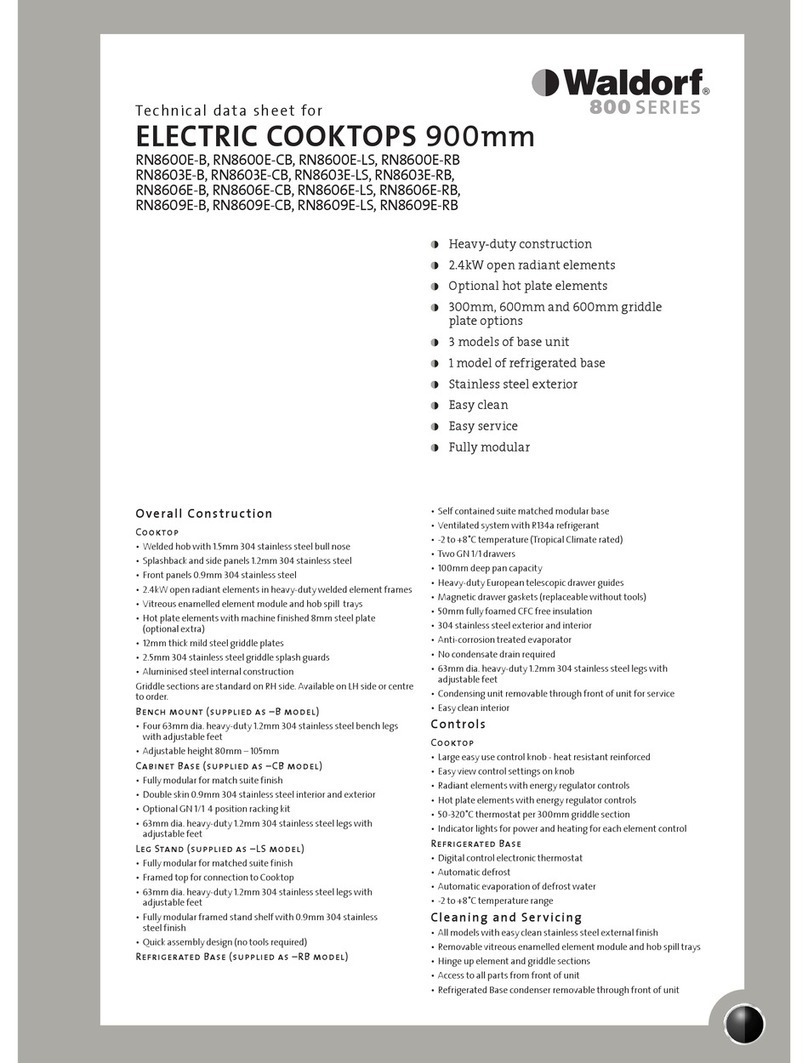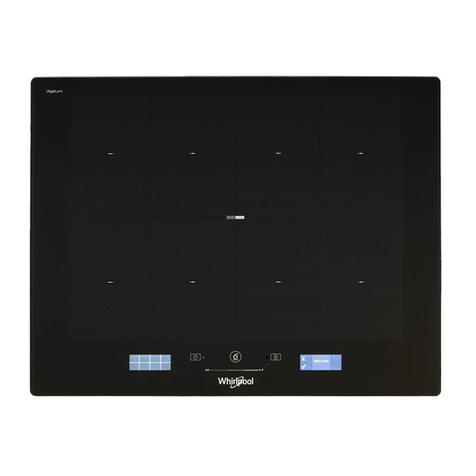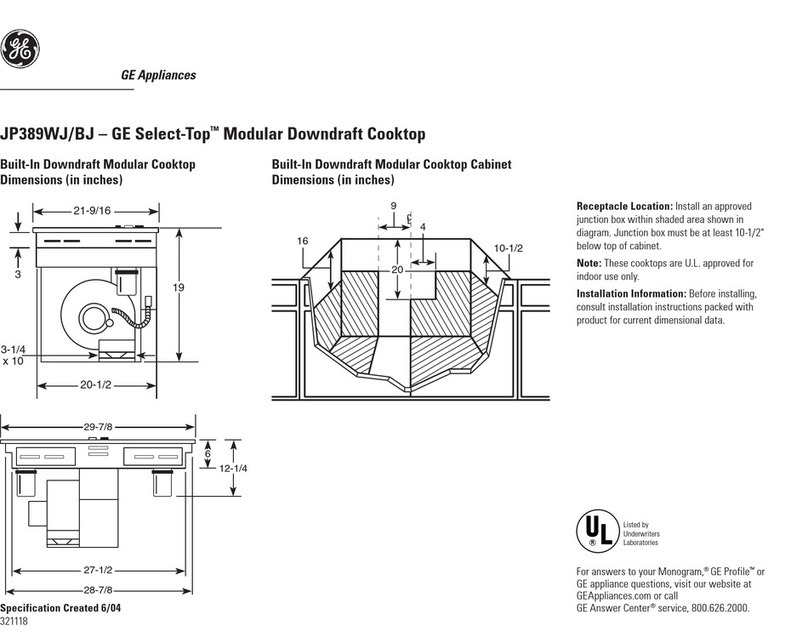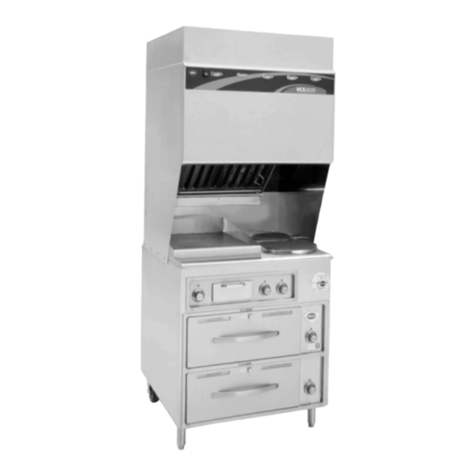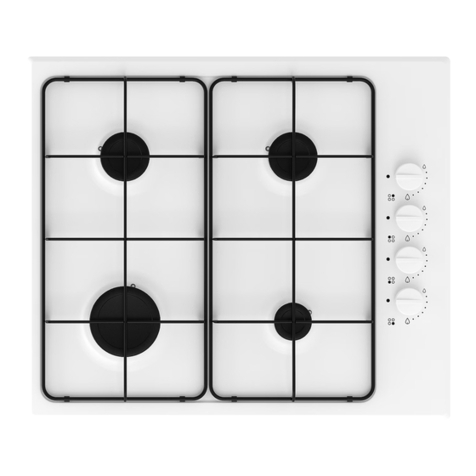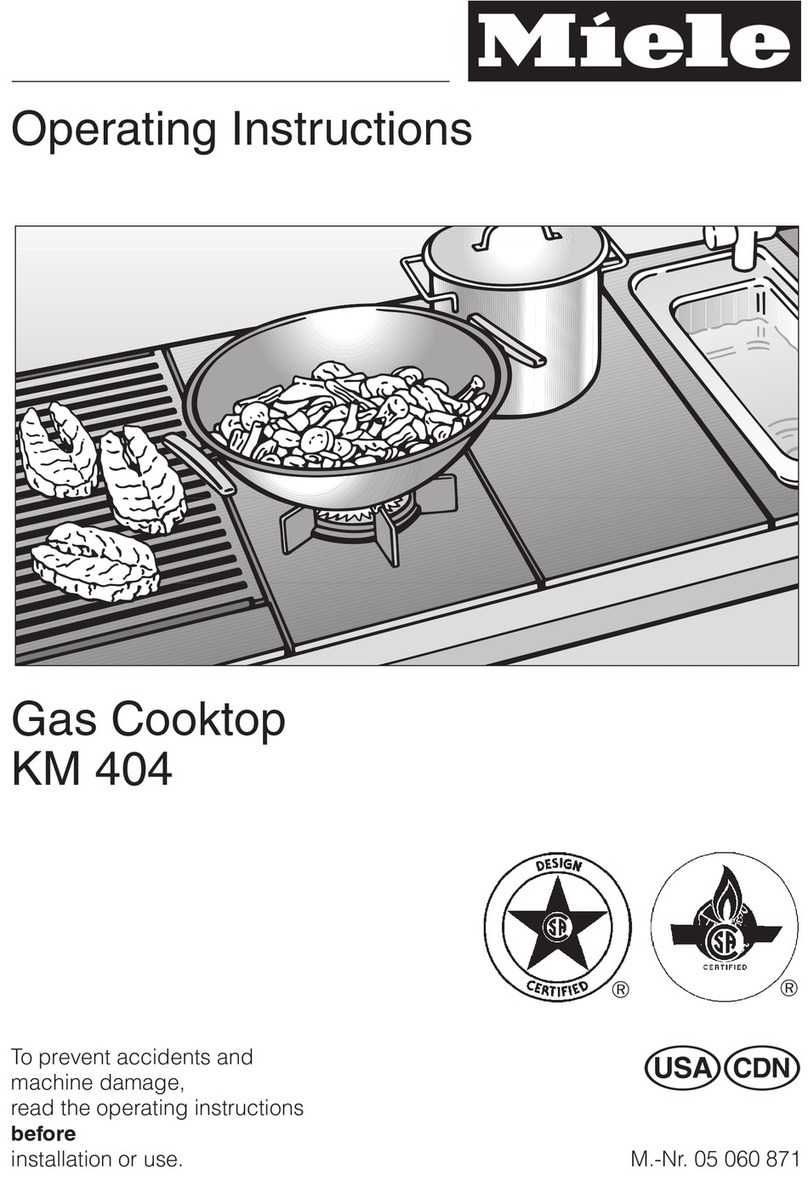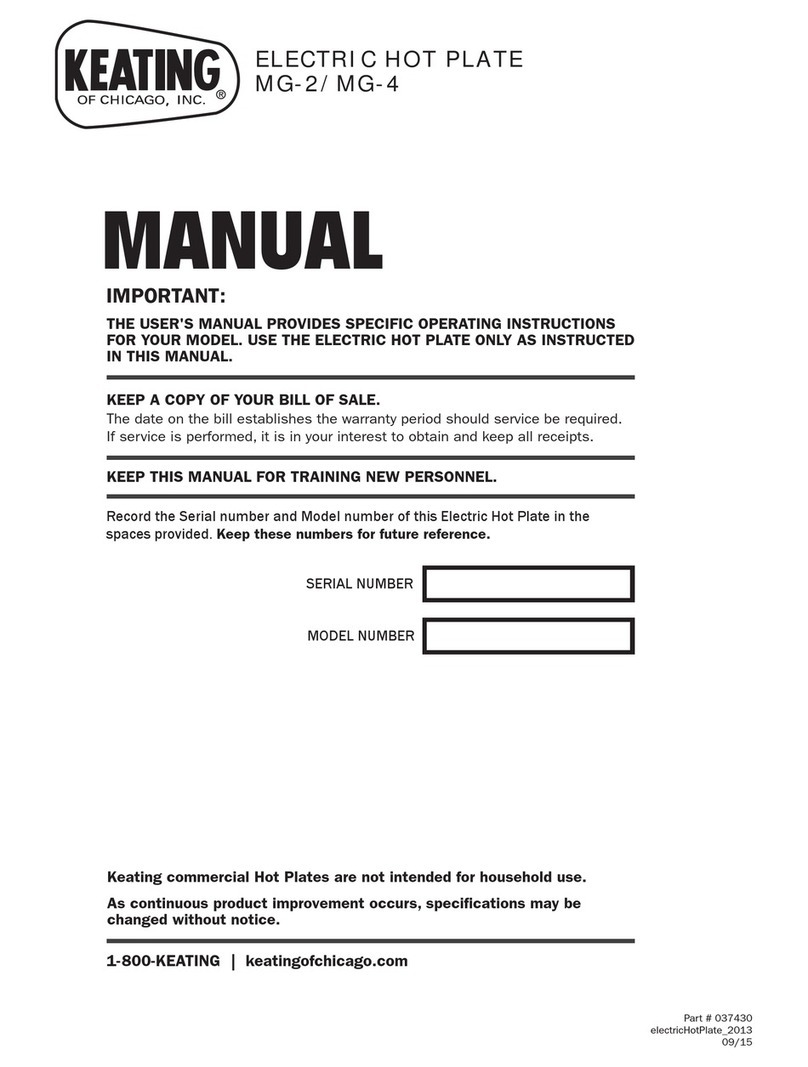General Information
IInndduuccttiioonnCCooookkttoopp
1-3
TABLE OF CONTENTS
Page #
Section 1 - General Information
Introduction......................................................................... 1-2
Important Safety Information.............................................. 1-2
Technical Assistance...........................................................1-2
Table of Contents................................................................ 1-3
Section 2 - Installation Information
Electrical Requirements...................................................... 2-2
Maximum Connected Load................................................. 2-2
Pre-Installation Specifications........................................... 2-3
Countertop Location........................................................ 2-3
Overhead Cabinet Dimensions....................................... 2-3
Installation of Multiple Units............................................... 2-3
Installation Dimensions....................................................... 2-4
Area Requirements......................................................... 2-4
Installation Procedures....................................................... 2-5
Section 3 - Operation Information
Principles of Induction - Introduction...................................3-2
Principles of Induction - Operational Principles................. 3-3
Control Operation............................................................... 3-4
Residual Heat Indicators.....................................................3-4
Modes of Operation............................................................ 3-4
Lock Mode....................................................................... 3-4
Idle Mode......................................................................... 3-4
Element Operation............................................................. 3-5
Universal OFF Key.............................................................. 3-5
Cookware Selection............................................................ 3-6
Pan Test.............................................................................. 3-6
Special Considerations....................................................... 3-6
Section 4 - Component Access and Removal
Warnings and Cautions...................................................... 4-2
Major Serviceable Components..........................................4-2
Glass Top........................................................................... 4-3
Control Board..................................................................... 4-3
Element (Inducer) Units...................................................... 4-4
HSI (Hot Surface Indicator).................................................4-4
Generator Assy....................................................................4-5
Section 5 -Troubleshooting Guide
Diagnostics Mode............................................................... 5-2
Troubleshooting Guide........................................................ 5-3
Section 6 - Technical Data
Element Specifications........................................................6-2
Amperage Draw...................................................................6-2
Temperature Sensor............................................................6-2
Section 7 - Wiring Diagrams
CT15I Induction Cooktop Wiring Diagram...........................7-2
Section 8 - Parts and Exploded Views
CT15I Parts List.................................................................. 8-2
CT15I Exploded Views........................................................8-3

